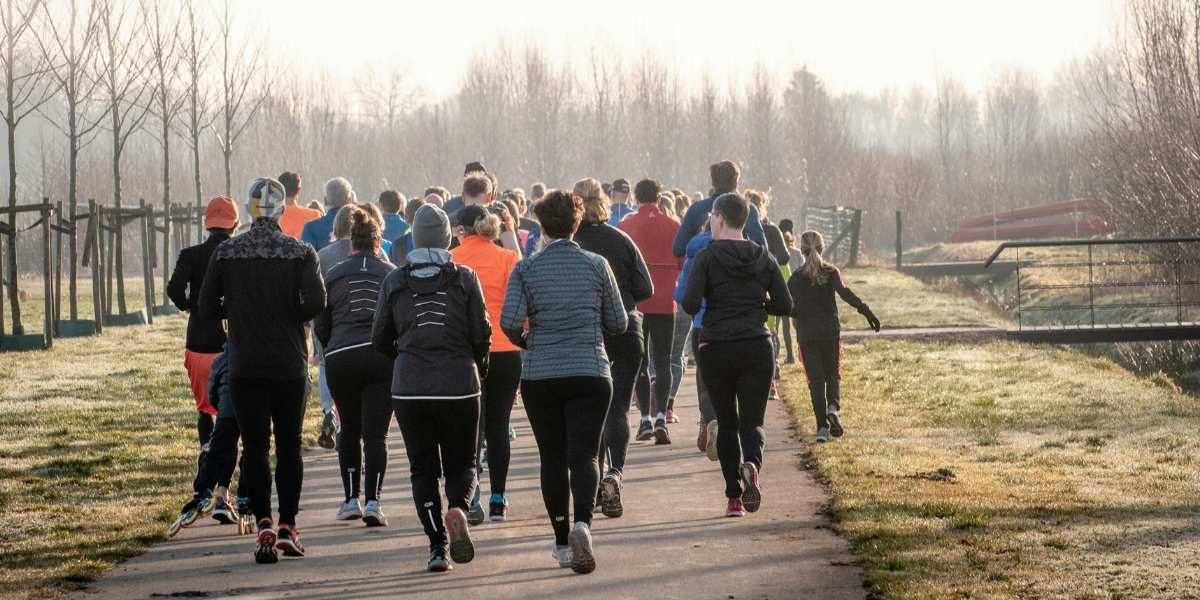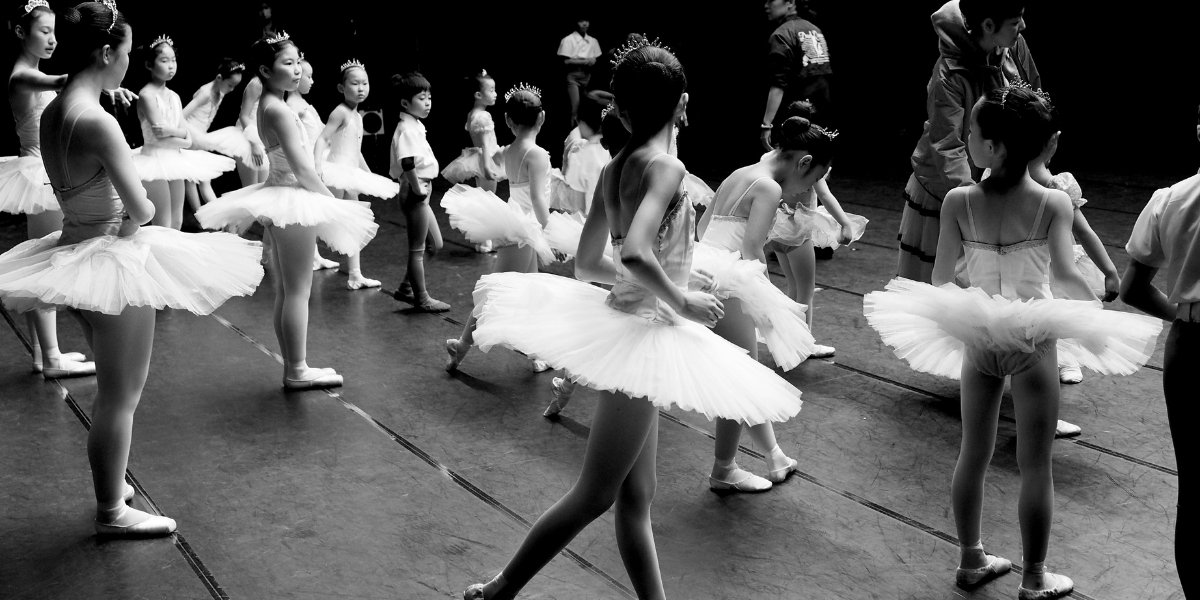Inclusive Fitness Programs: Advocating for Accessible Fitness for All
The fitness industry has evolved to emphasize inclusivity, ensuring that people of all backgrounds, abilities, and ages can engage in physical activity. Fitness should not be limited to a select group—it must be accessible to everyone, regardless of physical ability, socioeconomic status, or personal challenges. Inclusive fitness programs promote accessibility, adaptability, and equal opportunities, ensuring that everyone has the tools they need to live a healthier, more active lifestyle.
Read Also: The Essential Guide to Keeping Your Ears Clean and Healthy
What Is Inclusive Fitness?
Inclusive fitness refers to exercise programs, facilities, and activities that accommodate individuals of all abilities, backgrounds, and needs. Unlike traditional fitness programs that may cater to a general audience, inclusive fitness ensures that individuals with disabilities, older adults, beginners, and those with chronic conditions can participate without barriers.
The core principles of inclusive fitness programs include:
- Accessibility: Making fitness centers, equipment, and classes available to people of all physical abilities.
- Adaptability: Modifying exercises to meet individual needs, whether for those with mobility challenges or sensory impairments.
- Affordability: Ensuring that cost is not a barrier to participation in physical activities.
- Community Support: Creating a welcoming and non-judgmental environment for all participants.
Why Is Inclusive Fitness Important?
Inclusive fitness programs create equal opportunities for physical activity, promoting health benefits that extend beyond just physical well-being. Some of the key reasons why inclusivity in fitness matters include:
- Improved Physical Health: Regular exercise can help manage chronic illnesses, reduce the risk of cardiovascular disease, and improve overall mobility.
- Mental Health Benefits: Exercise is known to reduce stress, anxiety, and depression, which can be especially beneficial for individuals facing additional physical or emotional challenges.
- Social Connection: Fitness programs provide an opportunity for community engagement, reducing feelings of isolation.
- Empowerment and Confidence: When individuals feel that fitness is for them, they are more likely to build self-esteem and maintain an active lifestyle.
By making fitness accessible, individuals of all abilities can experience long-term health benefits while fostering an environment of inclusion and support.
What Are the Key Components of an Inclusive Fitness Program?
A truly inclusive fitness program integrates multiple components to ensure accessibility for all individuals. Some of the essential elements include:
1. Adaptive Equipment and Facilities
Fitness centers and gyms should offer adaptive equipment, such as:
- Treadmills and weight machines that accommodate wheelchairs.
- Adjustable-height benches and handrails for stability.
- Specialized exercise bands, resistance tools, and equipment for limited mobility.
2. Accessible Fitness Classes
Group fitness classes should be designed with modifications so that everyone can participate, including:
- Seated workouts for individuals with mobility limitations.
- Low-impact exercise options for older adults.
- Sign language interpreters for hearing-impaired participants.
3. Certified Inclusive Fitness Trainers
Instructors and trainers should have specialized training in adaptive fitness to work with individuals with varying abilities. Certifications in adaptive fitness training help ensure that fitness professionals provide safe and effective exercise guidance.
4. Virtual and At-Home Options
Not everyone can access a physical gym. Offering virtual workout programs ensures that individuals who face transportation, health, or financial barriers can still participate.
5. Financial Accessibility
Many individuals cannot afford expensive gym memberships or personal training sessions. Organizations that provide subsidized programs, free outdoor fitness classes, or sliding-scale fees allow more people to participate in fitness activities.
How Can Gyms and Studios Implement Inclusive Fitness?
To create a more inclusive fitness environment, gyms, studios, and organizations can take practical steps, including:
- Conducting Accessibility Audits: Ensuring facilities meet the needs of individuals with disabilities.
- Providing Inclusive Training: Offering staff education on adaptive fitness and disability awareness.
- Expanding Class Offerings: Adding specialized classes for different ability levels and diverse populations.
- Partnering with Community Organizations: Working with disability advocacy groups to make fitness more accessible.
By implementing these strategies, fitness providers can create spaces where everyone feels welcome and empowered to work toward their health goals.
What Are Some Examples of Inclusive Fitness Programs?
Several inclusive fitness programs worldwide have made a significant impact on accessibility in physical activity:
1. Special Olympics Fitness Programs
The Special Olympics offers year-round fitness programs designed specifically for individuals with intellectual disabilities, providing access to structured workouts, coaching, and community support.
2. Wheelchair Accessible Gyms
Many fitness centers now include wheelchair-friendly weight machines, accessible pools, and adaptive workout stations to accommodate individuals with mobility challenges.
3. Adaptive Yoga and Pilates
Studios offer adaptive yoga and modified Pilates classes tailored to individuals with disabilities, chronic pain, or limited mobility.
4. Senior Fitness Initiatives
Programs tailored to older adults focus on gentle stretching, balance exercises, and strength training, helping seniors maintain independence and prevent injury.
These programs demonstrate that fitness is for everyone, regardless of physical ability or experience level.
Read Also: Why Self-Diagnosis is Risky: The Need for Professional Care
How Can Individuals Get Involved in Inclusive Fitness?
Individuals can take active steps to support and participate in inclusive fitness programs:
- Join Accessible Classes: Look for local or virtual fitness classes designed for all abilities.
- Advocate for Change: Encourage gyms and community centers to implement more inclusive practices.
- Educate Yourself: Learn about adaptive fitness techniques and how to create inclusive workouts.
- Support Organizations: Donate to or volunteer with groups that promote fitness accessibility.
By taking these actions, individuals contribute to making fitness spaces more welcoming and supportive for all members of the community.
Inclusive fitness programs ensure that physical activity is accessible to everyone, regardless of ability, age, or background. Through adaptive workouts, inclusive classes, and community engagement, individuals can enjoy the benefits of an active lifestyle without limitations. Gyms, studios, and fitness organizations must continue to break barriers, advocate for inclusivity, and make fitness a universal right for all.
Disclaimer: This article is for informational purposes only. Consult with a certified fitness professional or healthcare provider before beginning any new exercise program.








